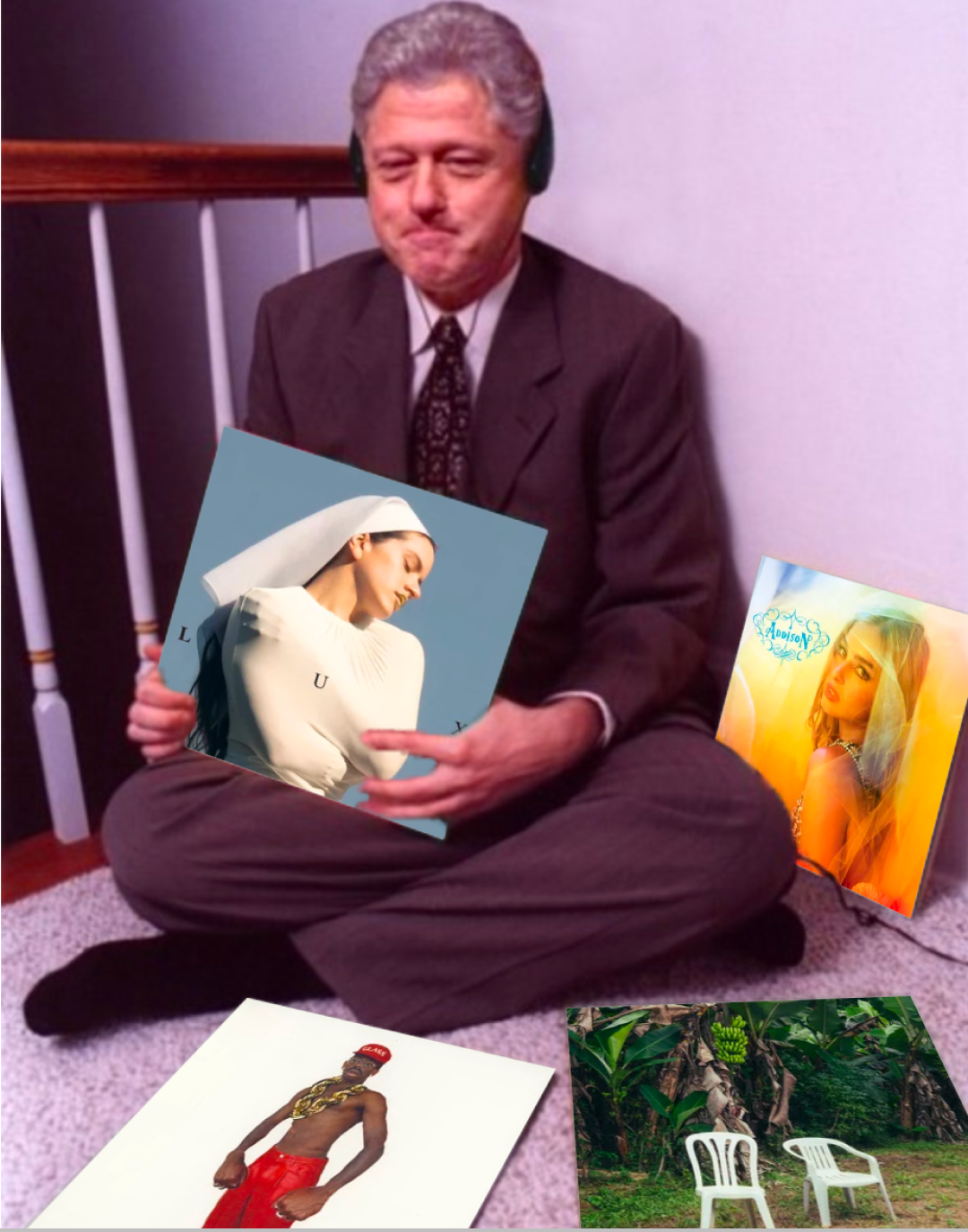
Spotify Wrapped says we listen to way too many music genres One of the most absurd data points in the annual ranking
As every year comes to a close, the entire world eagerly anticipates the release of Spotify Wrapped. A personalized format that compiles brief rankings of the most listened-to albums, artists, podcasts, and music genres for each user, Spotify Wrapped is an intelligent marketing strategy that capitalizes on listeners' desire to delve into the details of their musical preferences and share them with their followers on social media. This year's edition has been available since November 29, 2023 and reveals the app usage time, favorite artists, most-played songs, and concludes with the delineation of the user's personality based on their musical tastes. The data provided by Spotify Wrapped doesn't stop there; in addition to the mentioned details, it includes the exact number of explored music genres and even the precise number of plays of the user's favorite song. In short, those who have always sided with the analog music faction will find themselves acknowledging the genius of Spotify, which has managed to give its music playback service an entertaining and playful aspect. As is customary every year, Spotify has made new changes to its Wrapped, including the addition of an absurd data point: the quantity of music genres we listen to.
Damn just got my spotify wrapped pic.twitter.com/8K0Azx1MGQ
— cam (@camrynrb) November 29, 2023
Spotify Wrapped was launched in 2016 and is part of a contemporary system in constant evolution orchestrated by the music industry, of which the platform is one of the most important players. It's essential to remember that Spotify Wrapped should be regarded as an additional tool of the app, an added value that allows users to easily discover the most listened-to artists of the year: the latest edition confirms the dominance of Taylor Swift, who, with approximately 26 billion total streams, surpasses Bad Bunny and The Weeknd. In Italy, the most listened-to artist is Sfera Ebbasta, another demonstration of how rap messages have been made accessible to new listeners. Artists have always enjoyed a special Spotify Wrapped to monitor the performance of their music, but starting this year, they can also find out how many people have discovered their music in the last twelve months on the app.
@joe.bartolozzi Spotify wrapped
original sound - Joe Bartolozzi
The results of the Spotify Wrapped rankings could indicate the unfortunate direction that contemporary music is taking. One of the first pieces of data revealed by Spotify Wrapped concerns the quantity of music genres we have ventured into in the last year, which seems to be increasingly vast. Focusing on this data, it might seem strange to some that the idea of having listened to more than 100 music genres. This research by The Pudding highlights how there are more than 6000 music genres registered in Spotify's database. While this aspect has a positive side, allowing the cataloging and delineation of diverse artists, groups, and sounds, it also has negative aspects. The main concern revolves around music genres and how they have unfortunately lost part of their identity. In the past, specialized publications or relevant entities assigned music genres to artists, but today, the task falls on music streaming platforms (like Spotify) or the artists themselves, who choose the music genre they identify with before debuting in the market. A significant testimony is present in this article from BBC, reporting the viewpoint of Sarah Sesardic, a Spotify employee, who stated, "We've noticed, especially in recent years, that artists are becoming much more flexible in the type of music they make, and even the concept of music genre is becoming more fluid. It's more important to build communities around artists rather than rigidly place them in a category, be it pop, indie, or dance."
@miriam_tinny Whats your fave niche Spotify genre? #data #music #spotify #charts #language #thepudding #culture original sound - Miriam
The infinite quantity of music genres generated by Spotify not only influences the artists, who are certainly directed by their labels to be flexible regarding genre identification, but also the listeners. It's now very easy to become a fan of an artist for the mood and atmosphere conveyed through their tracks rather than the music genre they are categorized in. The proliferation of genres like Bronx Drill, Ambient Lo-Fi, and Gym Phonk, invented by Spotify, despite facilitating the spread and popularity of many artists, has created immense confusion from an identity and classification standpoint. For example, Spotify recently removed the Latino genre from its catalog, replacing it with Urbano Latino, which includes Latin Hip Hop, Latin Pop, Trap Latino, and Musica Mexicana; hip hop boasts Dream Plugg, Glitchcore, Dark Trap, and Phonk. This reached almost comical levels with the introduction of another genre invented by Spotify called Escape Room, defined by Spotify employee Glenn McDonald as "Underground-trap/PC-Music/indietronic/activist-hip hop".
@theyellowbutton HAPPY SPOTIFY WRAPPED DAY!!!! #spotifywrapped #spotifywrapped2023 #playlistcurator Break - alex_g_offline
This trend seriously risks dissipating the sense of community and identification that was once built around music genres, a phenomenon that over the years contributed to the formation of iconic subcultures, with all the social issues that came with it. The next time someone asks, "And what genre do you listen to?", we might feel more challenged than usual because music genres are disappearing in favor of music enjoyed almost exclusively based on the mood and atmosphere we need at a given moment.










































